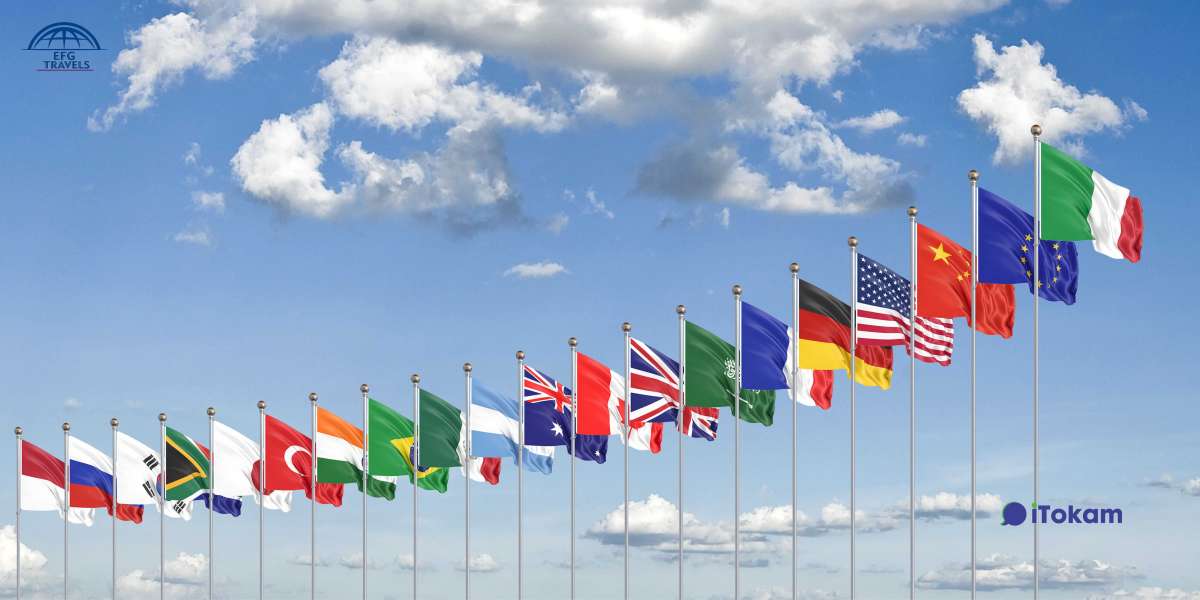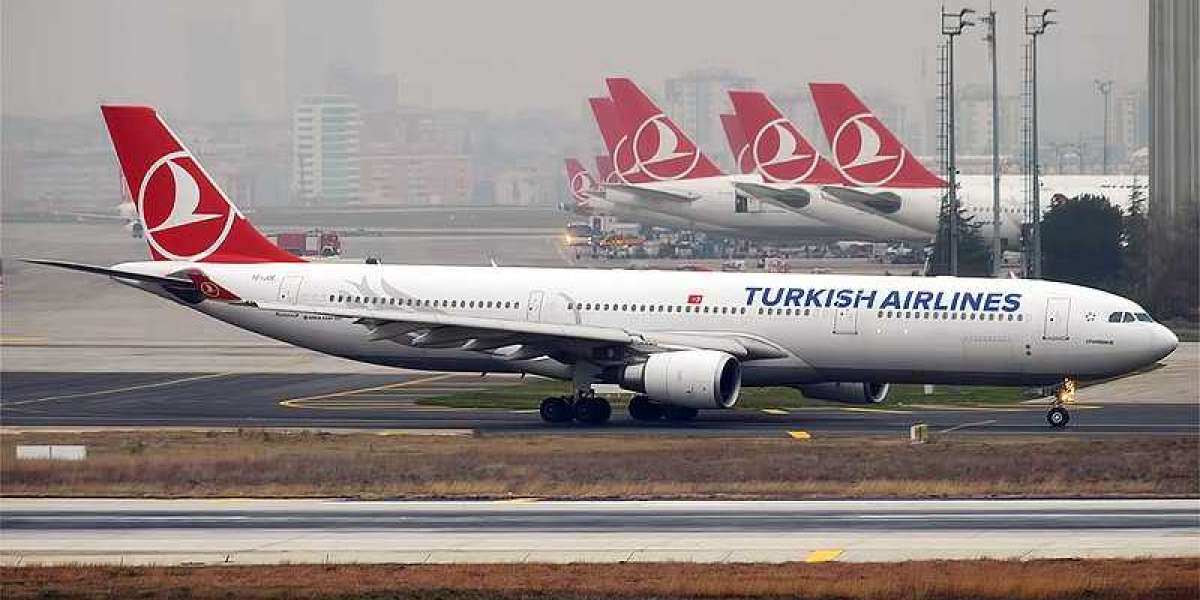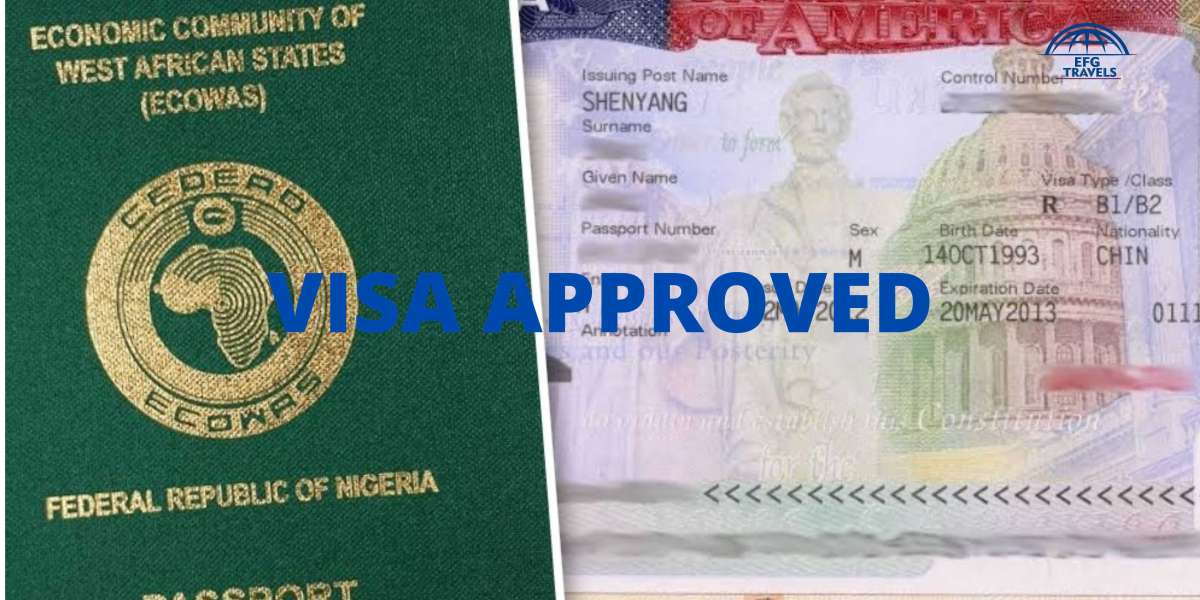Overview Schengen Countries
The Schengen Area is an area comprising 26 European countries that have abolished passport control at their mutual borders, allowing for the free movement of people within the area. Here is an overview of the Schengen countries as of my knowledge cutoff in September 2021:
- Austria:Located in Central Europe, Austria is known for its picturesque landscapes, historical cities, and cultural heritage.
- Belgium: Belgium is a small country in Western Europe, famous for its medieval towns, delicious chocolate, and world-renowned beers.
- Czech Republic: Located in Central Europe, the Czech Republic is known for its capital city, Prague, with its stunning architecture and rich history.
- Denmark: Denmark is a Scandinavian country in Northern Europe, known for its beautiful coastline, historic castles, and the vibrant city of Copenhagen.
- Estonia: Located in the Baltic region of northern Europe, Estonia is known for its well-preserved medieval architecture and its advanced digital society.
- Finland: Finland is a Nordic country in Northern Europe, known for its stunning natural beauty, saunas, and the Northern Lights.
- France: France is a Western European country famous for its iconic landmarks, such as the Eiffel Tower and the Louvre Museum, and its rich cultural heritage.
- Germany: Located in Central Europe, Germany is known for its historic cities, medieval castles, and reputation as a hub of technological innovation.
- Greece: Greece is a southern European country famous for its ancient history, stunning islands, and rich Mediterranean cuisine.
- Hungary: Hungary is a Central European country known for its capital city, Budapest, beautiful architecture, and its thermal baths.
- Iceland: Iceland is an island country located in the North Atlantic, known for its breathtaking landscapes, geothermal spas, and active volcanoes.
- Italy: Italy is a southern European country known for its art, architecture, ancient ruins, and famous cuisine, including pizza and pasta.
- Latvia: Located in the Baltic region of Northern Europe, Latvia is known for its beautiful coastline, medieval towns, and its capital city, Riga.
- Liechtenstein: Liechtenstein is a tiny landlocked country in Central Europe, known for its stunning alpine landscapes and as a tax haven.
- Lithuania: Lithuania is a Baltic country in Northern Europe, known for its historical heritage, charming old towns, and beautiful natural landscapes.
- Luxembourg: Luxembourg is a small landlocked country in Western Europe, known for its picturesque countryside, fortified castles, and its capital city, Luxembourg City.
- Malta: Malta is an archipelago located in the Mediterranean Sea, known for its ancient temples, crystal-clear waters, and historic fortresses.
- Netherlands: The Netherlands, often referred to as Holland, is a Western European country famous for its tulip fields, windmills, and vibrant capital city, Amsterdam.
- Norway: Norway is a Scandinavian country in northern Europe, known for its stunning fjords, northern lights, and outdoor activities like hiking and skiing.
- Poland: Poland is a Central European country known for its rich history, medieval architecture, and cities like Warsaw and Kraków.
- Portugal: Portugal is a southern European country famous for its beautiful beaches, historic cities like Lisbon and Porto, and delicious cuisine.
- Slovakia: Slovakia is a Central European country known for its stunning natural landscapes, medieval castles, and its capital city, Bratislava.
- Slovenia: Slovenia is a small Central European country known for its stunning alpine landscapes, picturesque lakes, and charming capital city, Ljubljana.
- Spain: Spain is a southern European country famous for its sunny beaches, vibrant culture, historic cities like Barcelona and Madrid, and rich history.
- Sweden: Sweden is a Scandinavian country in Northern Europe, known for its beautiful landscapes, innovative design, and its capital city, Stockholm.
- Switzerland: Switzerland is a Central European country famous for its majestic mountains, pristine lakes, chocolate, and high-quality watches.
Read More: Canada Permanent Resident Pathways for Nigerians
Explore the numbers, learn the rationale behind visa denials, and uncover which nations are the most strict.
The Schengen Area, as you undoubtedly know, is a region of Europe consisting of 26 nations that have eliminated passport control at their common borders. However, it is not always easy to get a Schengen visa to visit these countries.
In 2022, the rejection rates in some Schengen Area countries were significantly greater than in others. This study delves into the data and examines the top four nations with the greatest refusal rates for Schengen visas.
The Schengen States With The Highest Rates Of Visa Rejection

1. With a rate of 36.4%, Malta has the highest rejection rate in the world.
Within the Schengen Area, Malta has the highest percentage of visa applications that are denied. A whopping 36.4% of all visa applications submitted to Maltese consulates and visa centers were denied.
The real number of negative decisions made in Malta is minimal since so few applications are lodged by Maltese authorities outside. There were 22,275 total applications, and 7,915 were thrown out.
2. The rejection Rate in Sweden is 29%, Second-Highest in World
Sweden has the second-highest rejection rate for Schengen visas, after Russia. Almost a third of visa requests (38,652 out of 135,946) were denied by Swedish officials. Even though Sweden has a high rejection rate, it ranks lower than Malta in terms of the total number of rejected applications.
3. At 28.4 percent, Belgium has the third-highest rejection rate in the world.
At 28.4%, Belgium is in third place worldwide for the highest rejection rate. The Belgium government turned down 46,569 applications out of a total of 171,966. Although Belgium has a very high rejection rate, the actual number of rejections is substantial, demonstrating the rigorous nature of the examination process.
4. Maximum Rejection Rate in France in 2022
Although the nation's rejection percentage is lower than the rest, France nevertheless receives the most negative outcomes for Schengen visa applications in 2022. A record-breaking 408,876 applications were denied by French authorities abroad.
Rejection Rates Around the World and the Top Rejecting Countries

In 2022, the rejection rate throughout the Schengen Area was 18.1%. If we ignore the rejection rate and look only at the total number of applications that were denied, the following countries would rank highest:
- In France, 408,876 requests were turned down.
- In Spain, 227,712 requests were turned down.
- Rejection of 167,517 German visa applications
- In Italy, 92,186 requests were turned down.
- In the Netherlands, 70,566 requests were turned down.
Rejection Criteria for Schengen Visas
There are reportedly 12 reasons why Schengen countries refuse visa applications. Among the most common causes of rejection are insufficient evidence of financial ability to fund the trip, insufficient proof of proper travel insurance for the Schengen Zone, presentation of an invalid passport, and criminal histories.
Read More: Fully financed New York University scholarships
High-Rejection-Rate Visa-Issuing Countries
It is important to take into account countries outside the Schengen Area whose visa applications are often denied by Schengen countries. In 2022, the following will be the top five nations for visa denials by Schengen states:
- Rejection rate in Algeria is 48.2%
- Rejection rate in Nigeria is 45.6%
- In Sri Lanka, the rejection rate is 44.2%.
- Rejection Rate in Ghana is 44.2%
- Haiti's rejection rate is 43.2%.
Many of these third countries have had their visa applications denied because of Spain's and France's involvement.
Conclusion
The rejection rates for Schengen visas in the aforementioned Schengen Area countries in 2022 were significantly higher than the rates in other nations.

Many visa applications are denied because the applicant does not have sufficient documentation to support their travel expenses, does not have the required insurance, has an invalid passport, or has a criminal history. To improve their chances of getting a visa, applicants might do well to familiarize themselves with these patterns and common rejection reasons.





